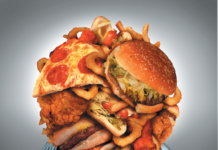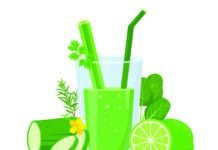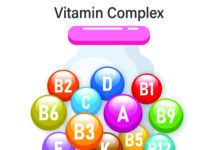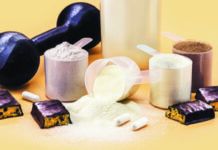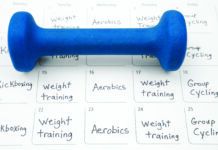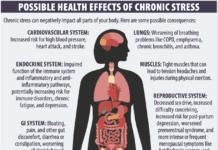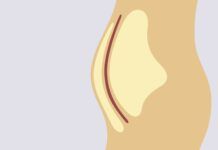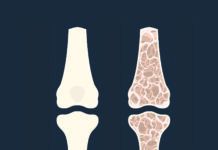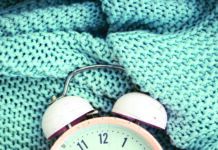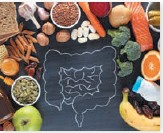A. Grace Phelan, MS, RD, nutrition support coordinator at the Frances Stern Nutrition Center and clinical instructor at the Friedman School, answers: “Sometimes little pockets or pouches (called diverticula) form in the intestinal wall. This is called diverticulosis. Diverticulitis is when the pockets get inflamed or infected, which can occur when intestinal contents get stuck in them. Diverticulitis can cause abdominal pain as well as nausea and vomiting. Treatment for diverticulitis can include bowel rest to give the intestines a chance to heal. Severe cases might require surgery.
“In periods of inflammation, we recommend keeping intake of dietary fiber to less than 10 to 15 grams (g) a day until symptoms of abdominal pain have resolved. This means avoiding fiber-rich foods like whole grains, most vegetables, fruits with skins, nuts, and beans. But, once you get the all-clear, a high-fiber diet is your best bet at preventing further flare-ups. Aim for the recommended 20 g to 30 g of fiber per day from all kinds of fruits, vegetables, nuts, seeds, beans, and whole grains.
“In the past, people diagnosed with diverticulosis, and especially those who have had a diverticulitis attack, have been told to permanently avoid foods like nuts, seeds, popcorn, and fruits or vegetables (like tomatoes and blackberries) that have little seeds that could get stuck in the pouches. It’s important for people to know that a study in 2008 found no evidence for this commonly prescribed restriction. Consuming plenty of these naturally fiber-rich foods is the best way to prevent diverticulitis attacks—and stop diverticula from forming in the first place.”
Andrew G. Plaut. MD, is a gastroenterologist at Tufts Medical Center, a professor at Tufts University School of Medicine, and author of Know Your Gut: Straight Talk on Digestive Problems from a Gastrointestinal Physician.

